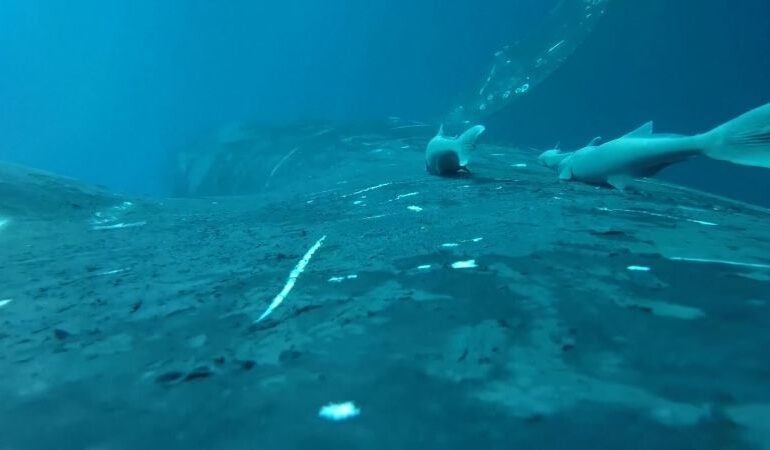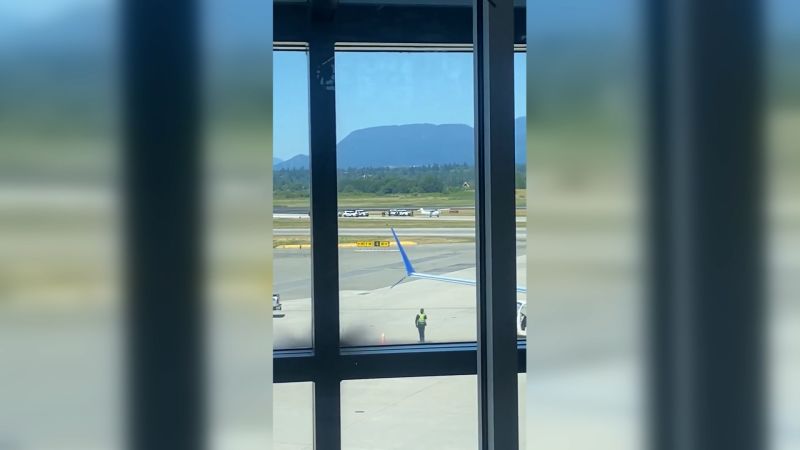Rare Footage Captures Remora Fish in Thrilling Whale-Surfing Stunt

Scientists have recently captured rare footage of remora fish engaging in an extraordinary behavior known as “whale-surfing.” This captivating spectacle occurs off the coast of Queensland, Australia, where researchers are studying the migration of humpback whales. The footage reveals groups of remoras detaching from their whale hosts before the whales breach the surface, showcasing remarkable timing and agility as they return moments later.
The remora, also referred to as sucker fish, typically spends its life clinging to large marine mammals. It uses an adhesive plate on its head to create a vacuum seal that allows it to attach itself to whales, much like a hitchhiker. This relationship is generally mutually beneficial, as the remoras feed on dead skin flakes and parasites, such as sea lice, while their hosts gain some relief from these nuisances.
Unexpected Discoveries During Whale Migration Study
The fascinating footage was recorded by Olaf Meynecke, a marine scientist from Griffith University. Meynecke initially aimed to study whale behavior by placing suction-cup cameras on humpbacks during their annual migration from the icy waters of Antarctica to the warmer seas off Queensland. However, the video feeds frequently featured large groups of remoras photobombing the recordings, riding alongside the whales in numbers reaching up to 50.
Meynecke noted how the sucker fish responded swiftly to the whales’ movements. “They knew exactly when to let go of the body of the whale before breaching the surface of the water and then returned to the same spot only seconds later,” he explained. This instinctive behavior demonstrates a remarkable adaptation, allowing the remoras to ride the waves alongside their massive hosts.
A Complex Relationship Between Species
While remoras are harmless to the 40-metric-ton (44-U.S.-ton) giants of the ocean, Meynecke’s observations suggest that the whales may find their hitchhikers bothersome. He reported instances where whales with high numbers of remoras frequently breached the surface, seemingly attempting to rid themselves of their companions. “It appeared that they’re trying to just get rid of some of these remoras,” he said.
The journey of the humpback whales along Australia’s “humpback highway” is a significant migratory route, with approximately 40,000 of these mammals traveling close to the eastern coastlines each year. The total distance of this migration spans about 10,000 km (6,000 miles), raising questions about where the remoras go when they eventually detach from the whales. Meynecke speculated that they might seek out other large creatures, such as manta rays, dolphins, or even unsuspecting scuba divers, to latch onto for safety.
The interactions between remoras and their whale hosts provide a unique insight into the complexities of marine relationships. As researchers continue to study these behaviors, they uncover not only the fascinating dynamics between species but also the ecological implications of these interactions in ocean ecosystems.






